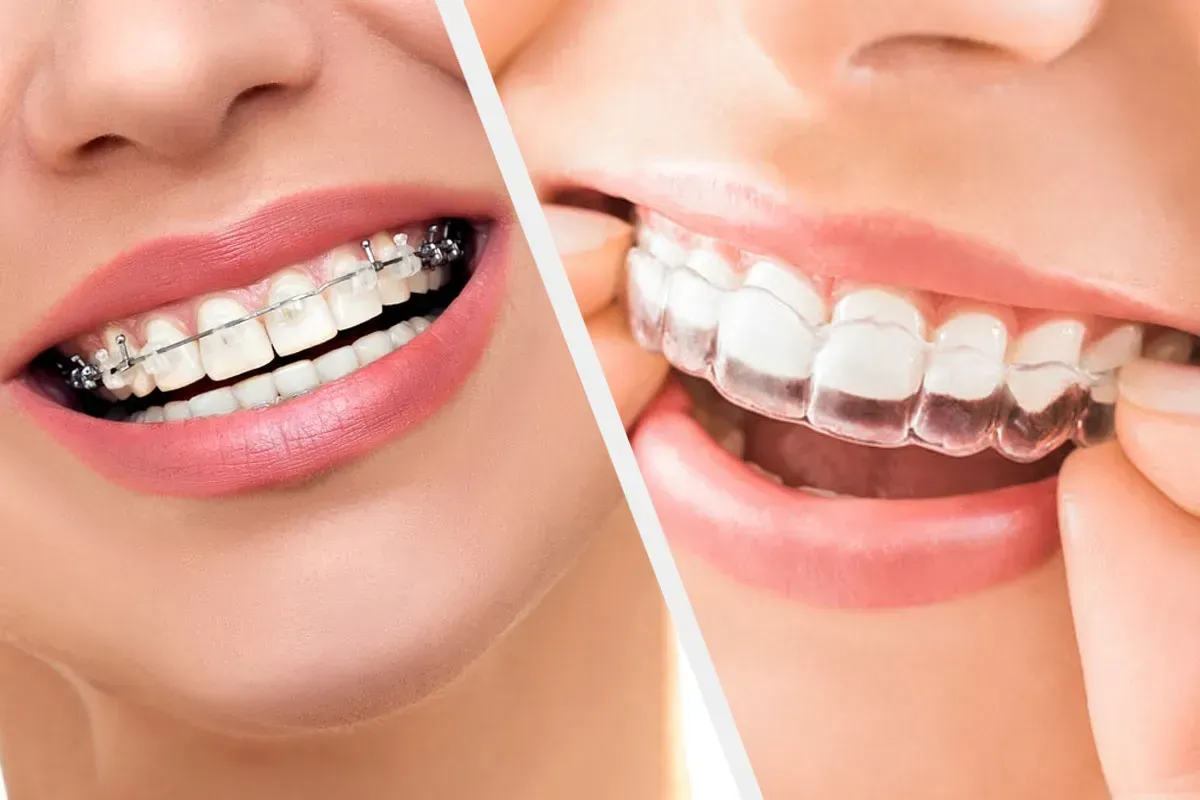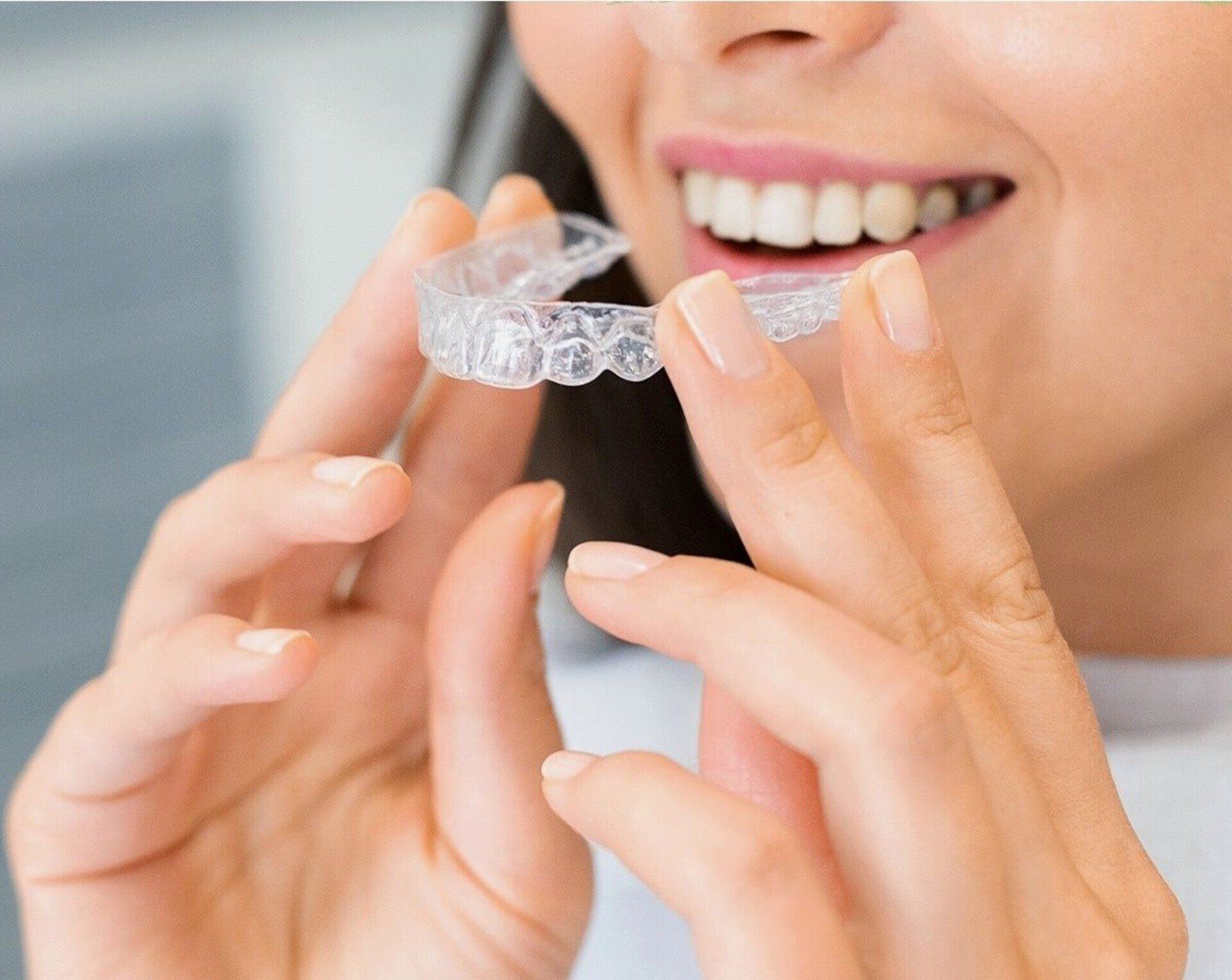How to choose the Right Toothbrush
Understand the importance of choosing the right toothbrush
Choosing the right toothbrush is crucial for maintaining optimal oral health. The type of toothbrush you use can have a significant impact on your dental hygiene and overall oral care routine. It is important to select a toothbrush that addresses your specific needs, whether it's for sensitive teeth, gum health, or effective removal of food particles.
There are two primary types of toothbrushes to consider: manual and electric. Manual toothbrushes are traditional and widely used, offering simplicity and control over brushing pressure. Electric toothbrushes, on the other hand, provide powered bristles that can effectively clean hard-to-reach areas and often come with features that promote proper brushing techniques.
When considering the type of toothbrush, soft bristles are typically recommended by dental professionals to prevent enamel erosion and maintain gums healthy, particularly for those with sensitive teeth. The brush head size is also important, as it should comfortably fit in your mouth allowing you to reach all areas. Look for brushes with rounded bristles to avoid injuring your gums and ensure gentle cleaning.
Ultimately, consulting with a dental professional can aid in selecting the proper toothbrush tailored to your oral care needs. Remember, proper oral hygiene extends beyond just the type of toothbrush—it also involves consistent care and the use of appropriate brushing methods to keep your oral health in check.
Explore different types of toothbrushes
When it comes to maintaining dental hygiene, selecting the appropriate toothbrush for your oral care routine is essential. Toothbrushes come in various types, each offering unique benefits and features tailored to different oral health needs. The main categories include manual toothbrushes, electric toothbrushes, interdental brushes, and sonic toothbrushes. Understanding the advantages and specific uses of each can help optimize your oral hygiene practice and contribute to better dental health and gum health.
Manual toothbrushes
Manual toothbrushes are the traditional brushes that have been used for generations. They offer ease of use and a level of tactile control over the brushing process. Manual brushes are very accessible, budget-friendly, and come in numerous head sizes and bristle types. Individuals with good brushing techniques may find manual toothbrushes sufficient for their oral care routine. For those with sensitive teeth, choosing a manual toothbrush with soft bristles and rounded tips is advised to avoid enamel erosion and to keep the gums healthy.
Electric toothbrushes
Electric toothbrushes represent an advancement in dental care technology. These powered toothbrushes use battery or mains power to move the brush head in specific patterns, which can provide a more thorough cleaning than manual brushing. Most electric brushes come with features like timers and pressure sensors, which guide users in achieving proper brushing duration and technique. They are beneficial for people with limited manual dexterity, such as the elderly or those with certain disabilities. Dental professionals may recommend electric toothbrushes to those needing assistance in their oral hygiene routine.
Interdental toothbrushes
Interdental toothbrushes are specially designed to clean the gaps between teeth. They have small, often cone-shaped, brush heads that can easily fit into interdental spaces, removing food particles and plaque that a regular toothbrush might miss. Interdental brushes are an essential component of a complete oral care routine, particularly for those with braces, dental implants, or gum diseases that necessitate extra care in those hard-to-reach areas.
Sonic toothbrushes
Sonic toothbrushes are a subset of electric toothbrushes that use extreme high-frequency vibrations to create a dynamic cleaning action. They not only brush away plaque but can also agitate fluids such as saliva and water, reaching into areas that the bristles might not physically touch. Sonic toothbrushes can be an excellent choice for individuals who are particularly concerned about plaque and tartar buildup, as they can offer deeper cleaning into the gum line and in between teeth.
Evaluate key features of toothbrushes
Choosing the right toothbrush is an essential part of your oral care routine, as it will not only affect your dental hygiene but also your overall oral health. When evaluating toothbrushes, it's crucial to consider various features that can significantly impact their effectiveness. Both electric toothbrushes and manual toothbrushes have their own set of attributes that cater to different needs, preferences, and sensitivities. Factors such as the type of toothbrush, bristle type, head size, and handle shape are all key attributes that play a role in the efficacy and comfort of your brushing experience.
Bristle Softness
The softness of the bristles on your toothbrush plays an integral role in protecting your teeth and gums. Dental professionals often recommend soft-bristled toothbrushes, as these are gentle on the enamel and help keep your gums healthy. Soft bristles can effectively remove plaque and food particles without causing irritation or damage. This is especially important for those with sensitive teeth or gum disease. Conversely, medium or hard bristles can lead to enamel erosion and even recede gums over time if used with too much force.
Head Size
The size of the toothbrush head is something that you should not overlook. A proper toothbrush head size will allow you to easily reach all areas of your mouth, including the back molars, without causing discomfort. Adults typically benefit from a half-inch wide and one-inch tall toothbrush head, as this size facilitates proper brushing techniques and thorough cleaning. Smaller head sizes may be advantageous for children or for adults with a smaller mouth. On the other hand, powered toothbrushes often have smaller head sizes, which also optimize maneuverability and efficiency.
Handle Shape
The handle of your toothbrush should not be an afterthought. Its shape can make a significant difference in how you control the brush while cleaning your teeth. A good toothbrush handle should fit comfortably in your hand and provide enough grip to not slip when wet. Look for handles that have a non-slip surface or ergonomic designs that suit your brushing style. Manual brushes often have various handle designs, whereas electric brushes typically provide a standardized grip that should fit comfortably in the hand of most users.
Ultimately, the choice between electric and manual toothbrushes comes down to personal preference, though powered toothbrushes like electric and sonic models may offer additional features, such as timers and pressure sensors, that aid in achieving better oral hygiene. Remember, regardless of the type of toothbrush you choose, it's the proper brushing technique and consistent oral care routine that will have the most substantial impact on your oral health.
Factors to consider for individuals with braces
When selecting a toothbrush for individuals with braces, several crucial factors must be taken into account to ensure oral hygiene is maintained without damaging the orthodontic work.
- Bristle type: Soft bristles are recommended as they are gentle on both the gums and braces. They can bend easily to get around the wires and brackets.
- Toothbrush head: A smaller toothbrush head is preferable. This allows for better access to all areas of the mouth, especially hard-to-reach spots behind and around braces.
- Manual vs. Electric: Both manual and electric toothbrushes are suitable. Electric toothbrushes can be beneficial as they may provide more thorough cleaning around braces. Look for models specifically designed for orthodontic care.
- Proper brushing techniques: Regardless of toothbrush type, it is essential to use proper brushing techniques, angling bristles to clean effectively around brackets and along the gum line.
- Interdental brushes: These are vital for braces care, as they can get in-between brackets and wires to remove food particles and plaque.
- Dental professional recommendation: Regular visits to your dentist or orthodontist can provide personalized toothbrush recommendations to optimize your oral care routine.
Optimal oral care with braces is critical to maintaining dental health and achieving the best possible outcome from orthodontic treatment.
FAQs
What is the best type of toothbrush for sensitive gums?
When it comes to selecting the proper toothbrush for sensitive gums, opting for one with soft bristles is essential. Soft-bristled toothbrushes are gentle enough to prevent irritation while effectively cleaning your teeth. A toothbrush that features rounded bristles can also reduce the likelihood of harming your delicate gum tissue. Additionally, many dental professionals recommend powered toothbrushes, such as certain models of electric brushes, which are designed to offer a softer touch while still ensuring thorough plaque removal. Some electric toothbrushes even come with pressure sensors to alert you if you're brushing too hard. Integrating a soft-bristled or specially designed sensitive-gum toothbrush into your oral care routine can help keep your gums healthy.
Can a toothbrush really affect my oral health?
Absolutely. The type of toothbrush you use plays a critical role in your oral health. Choosing the right toothbrush can significantly impact your ability to remove food particles and plaque, maintain gum health, and prevent enamel erosion. Both electric toothbrushes and manual toothbrushes are capable of maintaining dental hygiene when used with proper brushing techniques. However, electric brushes, such as powered toothbrushes, are often found to be more effective in removing plaque due to their advanced cleaning action. A toothbrush with the correct bristle type and head sizes tailored to your mouth can ensure proper cleaning around each tooth and along the gum line. Always consult with a dental professional to determine the best toothbrush for your specific oral care needs.
How do I know when to replace my toothbrush?
It's recommended to replace your toothbrush every three to four months or sooner if the bristles become frayed. Worn-out bristles cannot clean teeth effectively and may harbor harmful bacteria that can affect your oral health. If you're using an electric toothbrush, the same rule applies to the brush head. Keeping track of the lifespan of your brush head is essential for maintaining an effective oral hygiene routine. After an illness, it's also a good practice to replace your toothbrush to avoid re-introducing germs into your mouth. Look for physical signs such as bristle wear or discoloration as cues to get a fresh toothbrush or brush head for your dental care arsenal.
What is the best type of toothbrush for sensitive gums?
Selecting the proper toothbrush is crucial for those with sensitive gums to ensure dental health without causing additional irritation. For sensitive gums, a soft-bristled toothbrush is generally the best choice. Soft bristles are gentle on both the gums and the enamel, helping prevent enamel erosion and keeping gums healthy.
Dental professionals often recommend powered toothbrushes, such as electric brushes with specialized settings for sensitive teeth, which can provide a thorough clean while being gentle on the gums. Many electric toothbrushes come with varying head sizes and bristle types, including options with rounded bristles that are less likely to irritate sensitive gum tissue.
No matter the type of toothbrush, it's essential to use proper brushing techniques to avoid applying too much pressure that can damage sensitive gums. It's also advisable to replace your toothbrush every three to four months to maintain oral health, as worn bristles can be rough on the gums.
In summary, for sensitive gums:
- Choose a soft-bristled toothbrush or an electric toothbrush with a setting for sensitive teeth.
- Look for rounded bristles to minimize gum irritation.
- Adopt proper brushing techniques to ensure gentle care.
- Replace your toothbrush regularly.
Consulting with a dental professional can provide you with personalized recommendations for your oral care routine based on your specific gum health.
At Wexford Dental we offer only what you need dentistry in Scarborough. Call us today at 416-222-82-96 for a general review to discuss the best procedure for you.












